Perhaps the most common way to automate a CNC lathe is with a bar feed. The lathe that is served by this device can machine piece after piece as the stock advances, converting a bar of material into a batch of finished parts. Since operator attention might not be needed until the next time a bar is loaded, lights-out machining is possible with this system.
However, there are costs to this type of automation. The bar feed is a precision machine tool in its own right, with both the price and the maintenance requirements that this implies. In addition, the bar feed imposes a cost in terms of floorspace. This machine might occupy a larger footprint than the lathe itself—a serious consideration for facilities in which space is at a premium. For these plants and shops in particular,
EMCO Maier sees its swing loader as an automation alternative.
The swing loader is an option for the company’s Hyperturn and Maxxturn CNC turning centers. This option essentially provides the machine with its own built-in automation. A compact part-loading arm resides and moves entirely inside the machine housing—comparable to the automatic toolchanger within a machining center, except with programmability, greater range of motion, and a selection of end-of-arm grippers. The option is most commonly used to load castings or forgings, but it also provides a way to load blanks from pre-cut bar stock.
In the simplest configuration of the swing-loader-equipped machine, parts wait within an inclined chute for the loader to grab them as needed. This chute can be partitioned into separate channels so that blanks of different diameters or material types can wait in parallel, allowing the unattended machine to switch between different part numbers in any programmed sequence. Alternately, workpieces can also be delivered to loader using a timed conveyor.
If the swing loader is used to load pre-cut blanks in place of using a barfeed, then of course a saw has to be factored into the cost of the system. A single saw is sufficient to support several turning centers using the swing loader option. In fact, producing blanks this way might actually make the machining process more efficient, because a simple operation—cutoff—gets shifted away from higher-value machines and onto a low-cost saw.
Related Content
-
Almost any shop can automate at least some of its production, even in low-volume, high-mix applications. The key to getting started is finding the simplest solutions that fit your requirements. It helps to work with an automation partner that understands your needs.
-
A company that was once a consulting firm has become a successful micro-laser machine shop producing complex parts and features that most traditional CNC shops cannot machine.
-
Achieve higher metal removal rates and enhanced predictability with ISCAR’s advanced high-feed milling tools — optimized for today’s competitive global market.






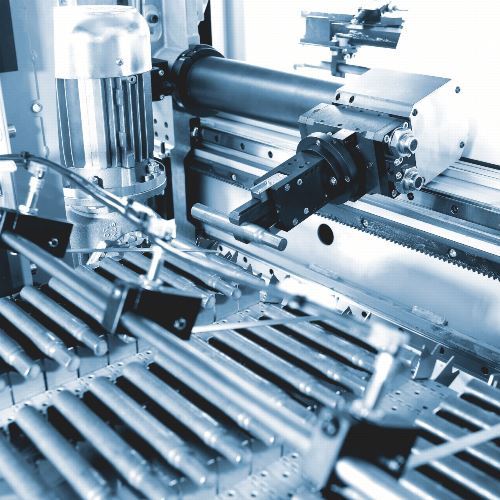
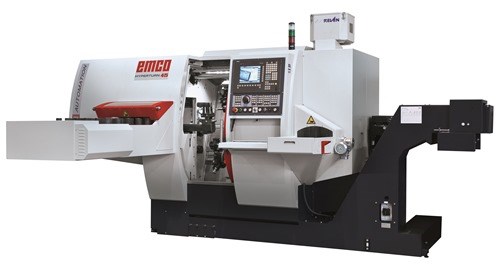
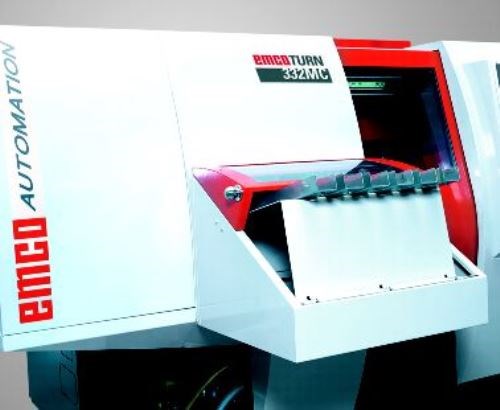
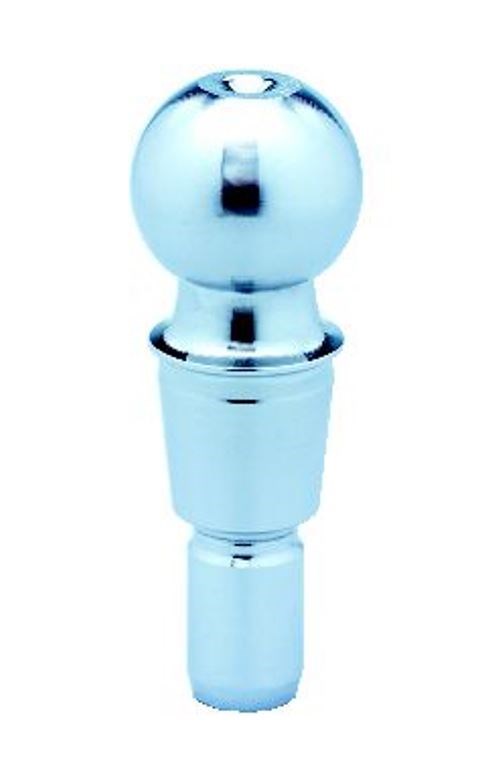
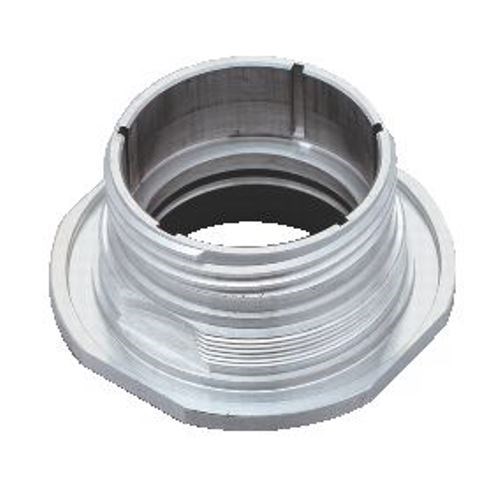
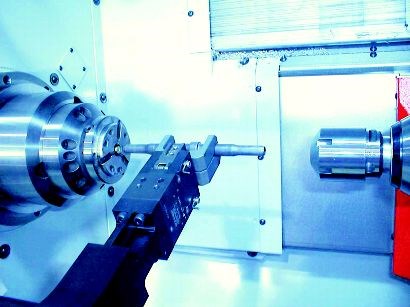

















.jpg;maxWidth=300;quality=90)


.jpg;maxWidth=970;quality=90)